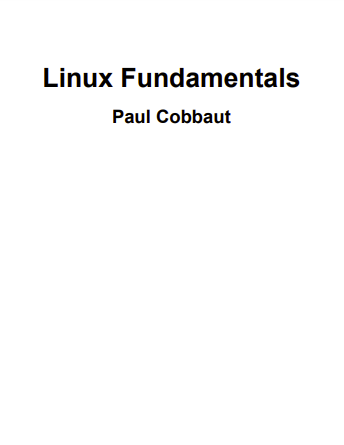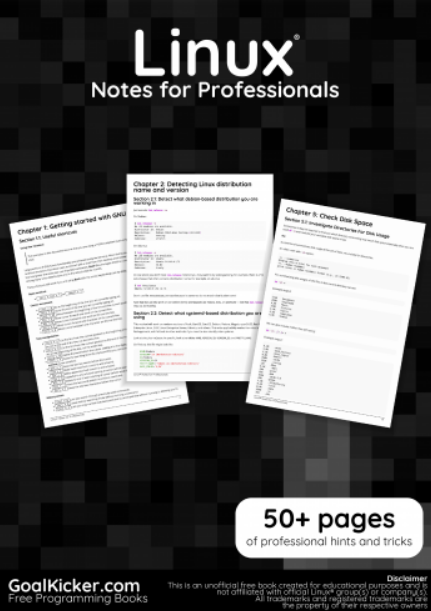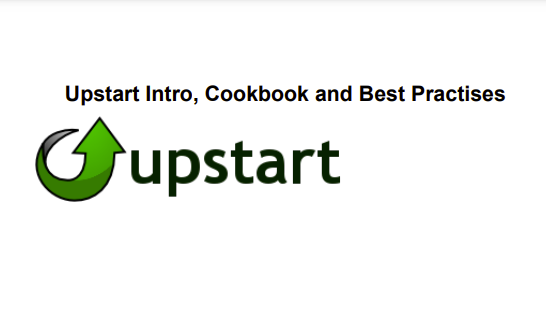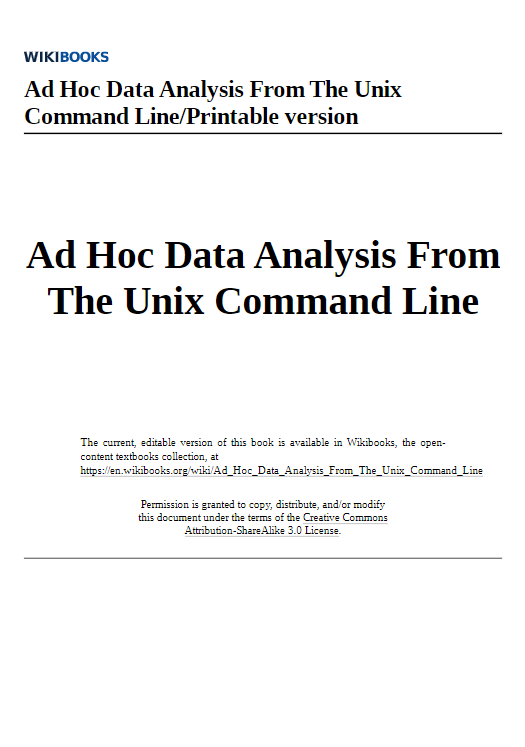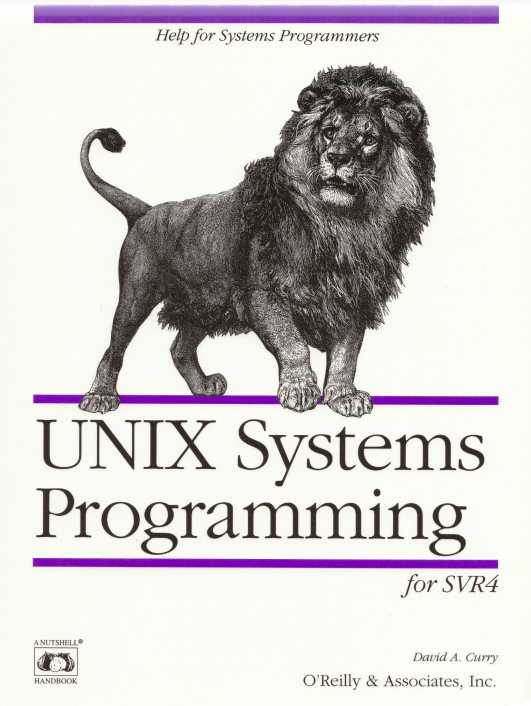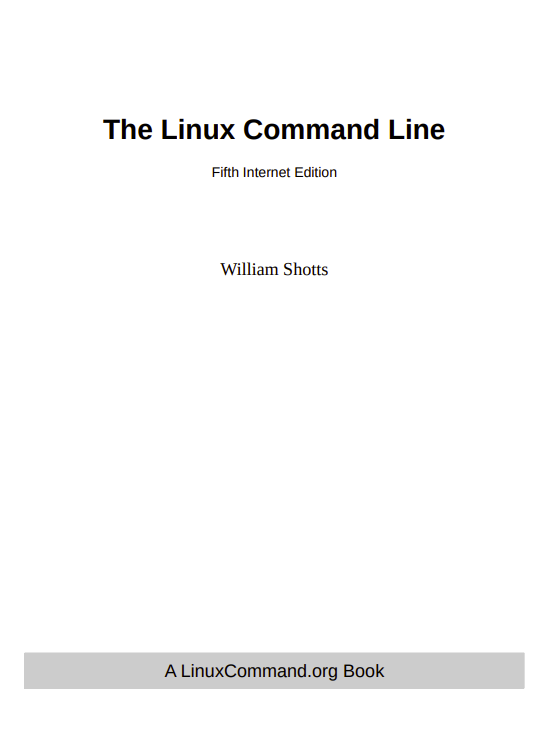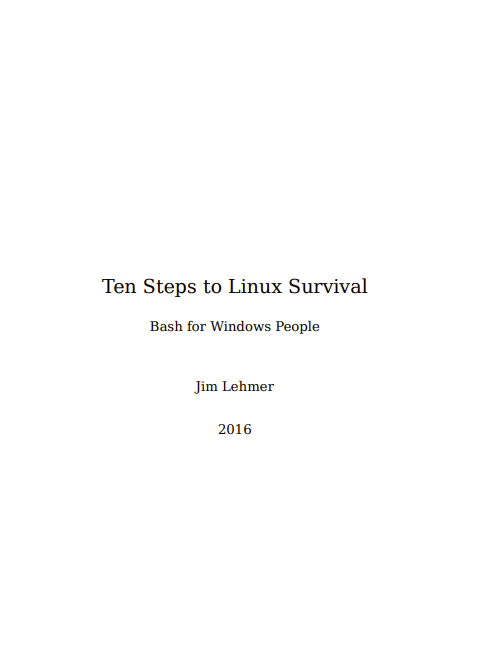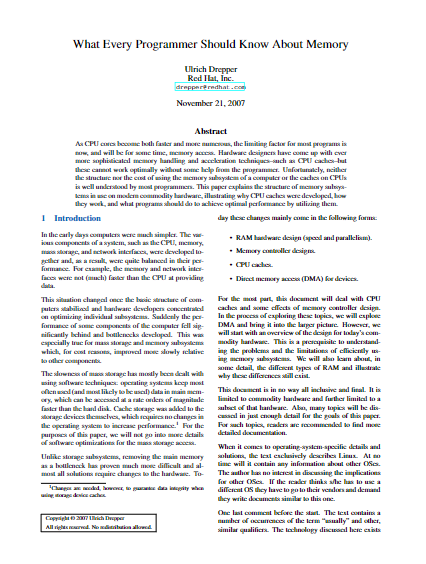This book is meant to be used in an instructor-led training. For self-study, the intent is to read this book next to a working Linux computer so you can immediately do every subject, practicing each command.
This book is aimed at novice Linux system administrators (and might be interesting and useful for home users that want to know a bit more about their Linux system). However, this book is not meant as an introduction to Linux desktop applications like text editors, browsers, mail clients, multimedia or office applications.
Linux is a family of open-source Unix-like operating systems based on the Linux kernel, an operating system kernel first released on September 17, 1991, by Linus Torvalds. Linux is typically packaged as a Linux distribution, which includes the kernel and supporting system software and libraries, many of which are provided by the GNU Project. Many Linux distributions use the word “Linux” in their name, but the Free Software Foundation uses the name “GNU/Linux” to emphasize the importance of GNU software, causing some controversy.
Popular Linux distributions include Debian, Fedora Linux, and Ubuntu, the latter of which itself consists of many different distributions and modifications, including Lubuntu and Xubuntu. Commercial distributions include Red Hat Enterprise Linux and SUSE Linux Enterprise. Desktop Linux distributions include a windowing system such as X11 or Wayland, and a desktop environment such as GNOME or KDE Plasma. Distributions intended for servers may omit graphics altogether, or include a solution stack such as LAMP. Because Linux is freely redistributable, anyone may create a distribution for any purpose.
